

Know Them if You See Them
Enjoying Lake Minnetonka and preserving its ecology depends on the balance of native aquatic species, management of current Aquatic Invasive Species (AIS), and preventing new AIS threats. Some important vegetation and aquatic animal species in Lake Minnetonka include:
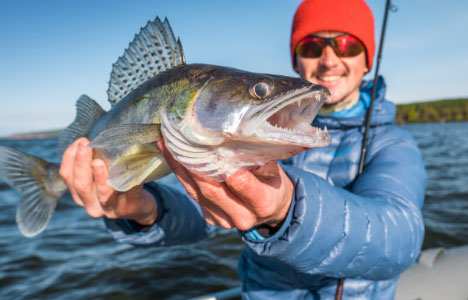
Native Fish Species
The following fish species are native to Lake Minnetonka: black bullhead, black crappie, bluegill, brown bullhead, green sunfish, hybrid sunfish, largemouth bass, muskellunge, northern pike, pumpkinseed, rock bass, smallmouth bass, tiger muskellunge, walleye, white crappie, yellow bullhead, yellow perch, bowfin (dogfish), white sucker, central mudminnow, common shiner, golden shiner.
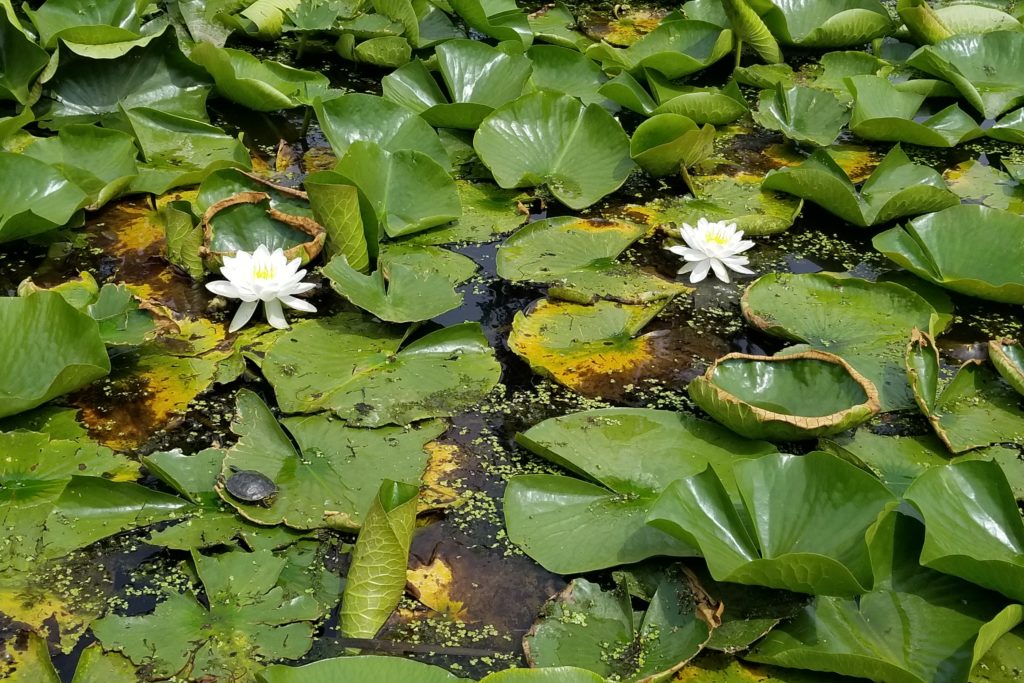
Native Vegetation Species
The following are some vegetation that can be found in Lake Minnetonka: bladderworts, bulrush, chara/muskgrass, large leaf/clasping-leaf pondweed, duckweed, northern watermilfoil, lily pads (including lotus), phytoplankton, sagittaria, sago pondweed, native stonewort, water marigold, water naiads, water stargrass, wild celery, and more.
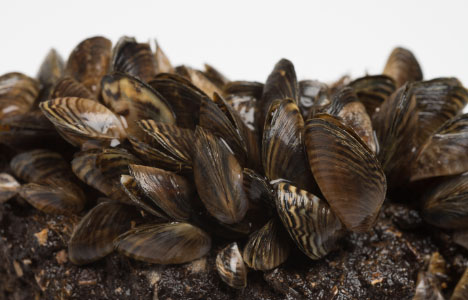
Invasive Species
Existing AIS and a highlight of certain potential threats to Lake Minnetonka are provided below. Known invasive species include curly-leaf pondweed, Eurasian watermilfoil, flowering rush, zebra mussels, common carp, and purple loosestrife (past). We need all handseyes on deck to look for new and spreading invasive species!
AIS Identification Guide
Download the University of Minnesota AIS Identification Guide.
Report Aquatic Vegetation Or Animals
If you see something suspicious, report it using our interactive map. Thank you for doing your part to help us manage AIS on Lake Minnetonka.
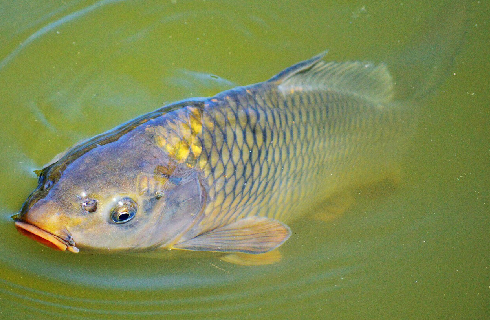
Common Carp
Year Identified in MN Water Body:
Introduced as a game fish in the Midwest during the 1880s. Learn about local management activities at MCWD.
Appearance:
Large scales, long dorsal fin base, and two pairs of long barbels in the upper jaw.
More Information
Photo:
University Minnesota
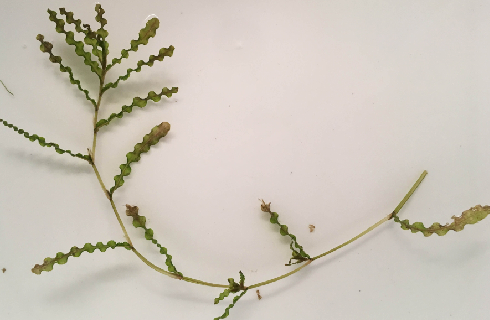
Curly-Leaf Pondweed
Native Look-Alike:
Broad-leaf Pondweeds
Appearance:
Submerged, wavy leaves with serrated edges and olive-green and red-brown coloring.
Learn about MAISRC research

Eurasian Watermilfoil
Year Identified in MN Water Body:
1987
Appearance:
Feathery with four leaves per whorl, 12 to 20 leaflet pairs per leaf. Currently, there are seven hybrid watermilfoils also considered invasive.
Learn about MAISRC research
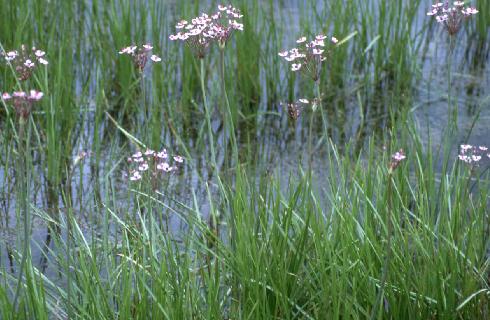
Flowering Rush
Year Identified in MN Water Body:
2009
Native Look-Alike:
Bulrushes
Appearance:
Reed-like wetland plant with clusters of pink flowers.
More Information

Purple Loosestrife
Native Look-Alike:
Blue Vervain
Appearance:
Wetland plant with pink-purple flower spikes, square-shaped stem, and lance-shaped leaves in pairs.
Considered to be eradicated from Lake Minnetonka. Report suspicious vegetation.
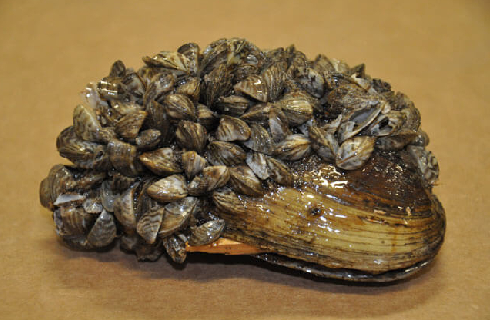
Zebra Mussels
Year Identified in MN Water Body:
2010
Native Look-Alike:
Mussels native to Minnesota
Appearance:
One-quarter inch to one-half inch, D-shaped mussel with alternating yellow and brown stripes.
Learn about MAISRC research
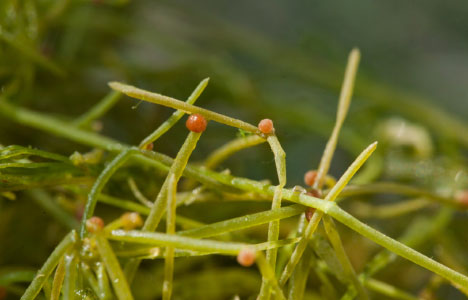
Starry Stonewort
Year Identified in MN Water Body:
First found in Minnesota in Lake Koronis in 2015. Confirmed in nearby Medicine Lake in 2018.
Native Look-Alike:
Sago Pondweed
Appearance:
Green branchlets extending in whorls of 5 to 8 from a center stem with white, star-shaped bulbils at the plant’s base.
More Information
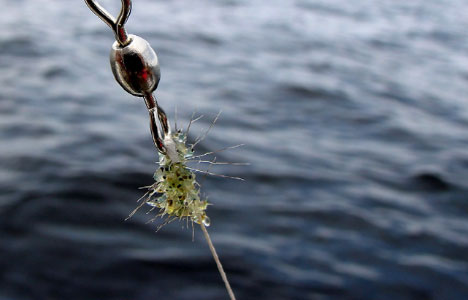
Spiny Waterflea
Year Identified in MN Water Body:
Confirmed in 50+ lakes and water bodies in nothern Minnesota, including Lake of the Woods, Vermilion, and Superior. Confirmed in Mille Lacs in 2009.
Native Look-Alike:
Leptodora
Appearance:
One-quarter to five-eighths inches long, opaque color, with a single long tail (one to four spines), and one black eye-spot.
Stop the Spread of Spiny Waterfleas
StopSpiny.org
More Information
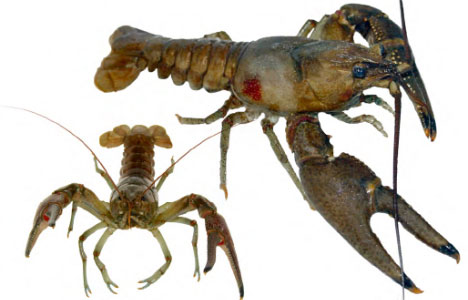
Rusty Crayfish
Year Identified in MN Water Body:
Confirmed in Pamela Lake (Edina, MN) in 2020. First established population was in Lake Superior in the late 1990s
Native Look-Alike:
Calico Crayfish
Appearance:
3 to 5 inches long from nose to tail; large claws with black tips and an oval gap when closed; pair of rust colored spots may be found on either side of the carapace (hard upper shell).
More Information